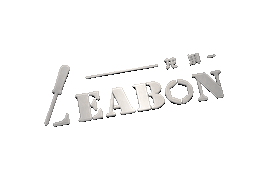Woodworking Accessories Tips
Operating requirements for woodworking row drill bits and illustrations of common specifications for row drills—Part 2
3. Common specifications of woodworking drill bits:

4. Several common problems encountered in the use of woodworking drill bits:
1. There is edge chipping when drilling and processing the plate.
Reasons: ①. The scribing blade is not sharp
②. The coaxiality between the center positioning tip and the handle exceeds the standard.
③. The spindle runout of the machine tool itself is too large
④. The handle is not firmly clamped and may sway.
⑤. The plate being processed moves.
⑥. The spindle speed does not match the feed speed.
2. Hole shape ellipse after processing
Reasons: ①. The center positioning tip is not sharp.
②. The plate moves when being processed.
③. The spindle speed does not match the feed speed.
3. The holes in the plate are burned after processing
Reasons: ①. The spiral groove is clogged, resulting in poor chip removal.
②. The material being processed is not dry enough
③. The spindle speed does not match the feed speed.
It can be used under normal circumstances, but it is best not to drill into nails, and do not make mistakes in making the horizontal drill bits hit the vertical drill bits, otherwise all the drill bits will be damaged. The 35mm drill bit for drilling door hinges is often refurbished. When buying a drill bit, be sure to buy one of good quality, so that the operation will be smooth and the products will be good! ! ! ! The air pressure is also critical, which is the feed speed. Drill bits with less than 10 calendar years can be faster, but drill bits with more than 15 calendar years must feed slowly, otherwise they will easily explode! Pay attention to the selection of drill bits. You can use ordinary drill bits for MDF, but you must use good drill bits for particleboard.
